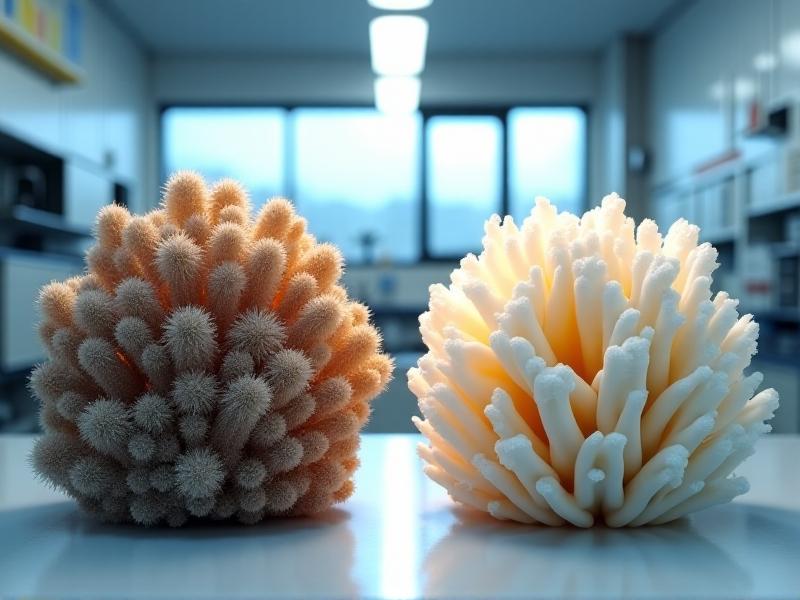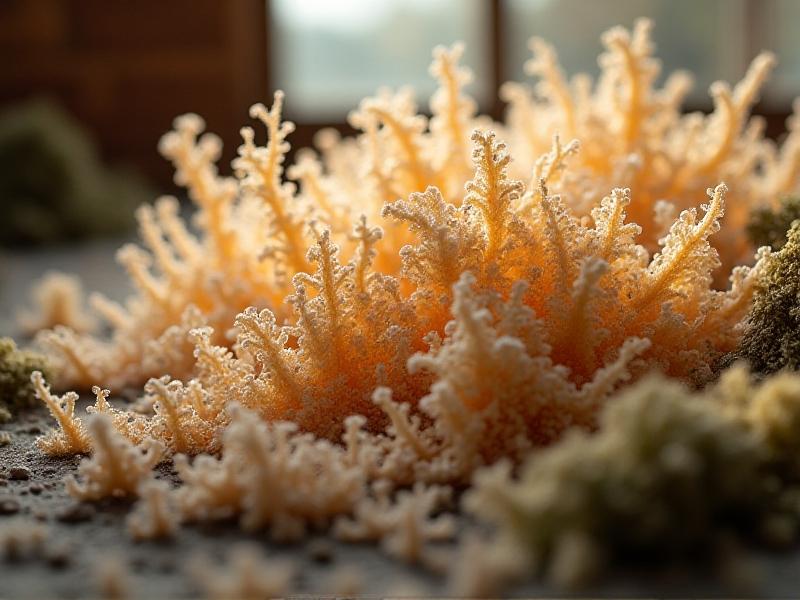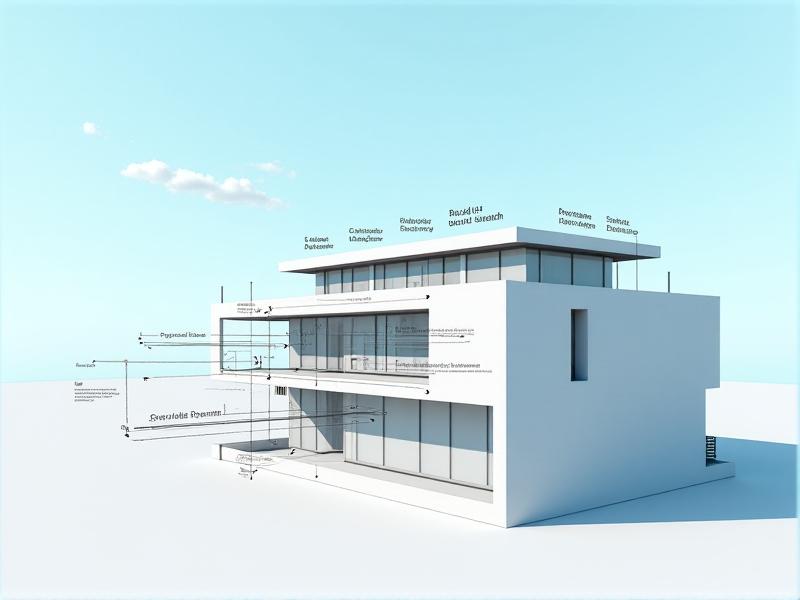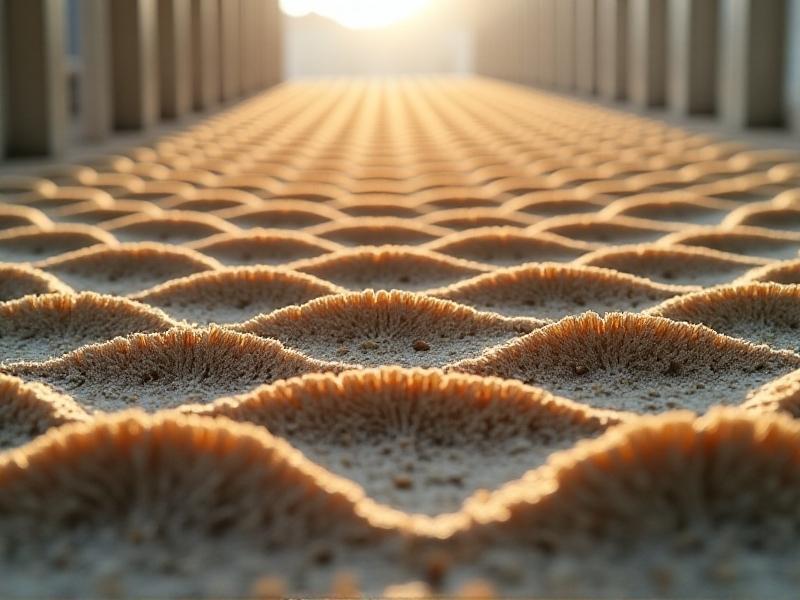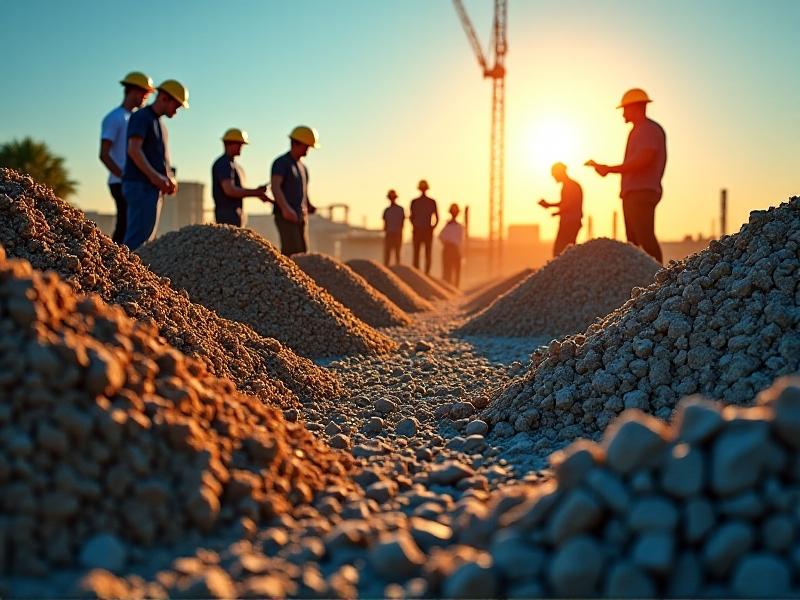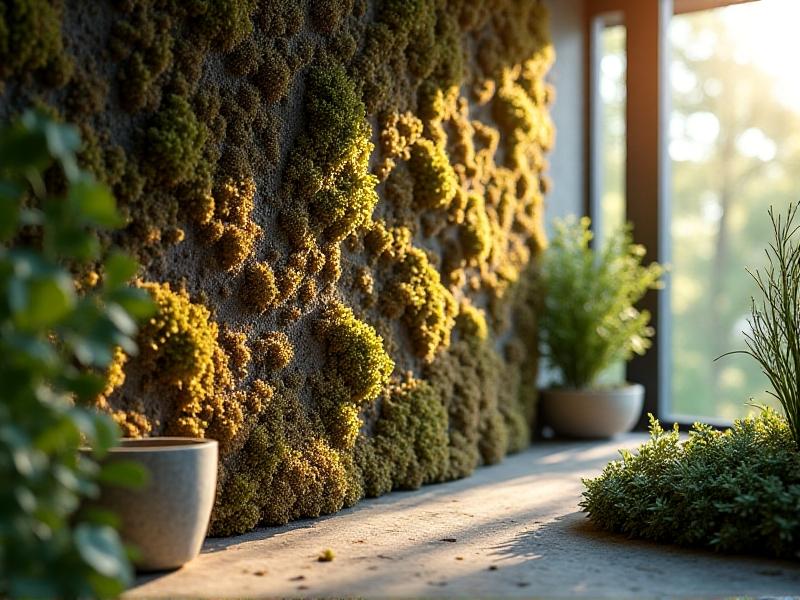Circular Economy Models for Mycelium Insulation Production Waste
The Rise of Mycelium Insulation in Sustainable Construction
In recent years, the construction industry has been increasingly turning to sustainable materials to reduce its environmental footprint. Among these, mycelium insulation has emerged as a groundbreaking solution. Mycelium, the root structure of fungi, is not only biodegradable but also possesses excellent insulating properties. Its production involves growing mycelium on agricultural waste, creating a material that is both eco-friendly and highly efficient. As the demand for green building materials grows, mycelium insulation is poised to play a pivotal role in the future of sustainable construction.
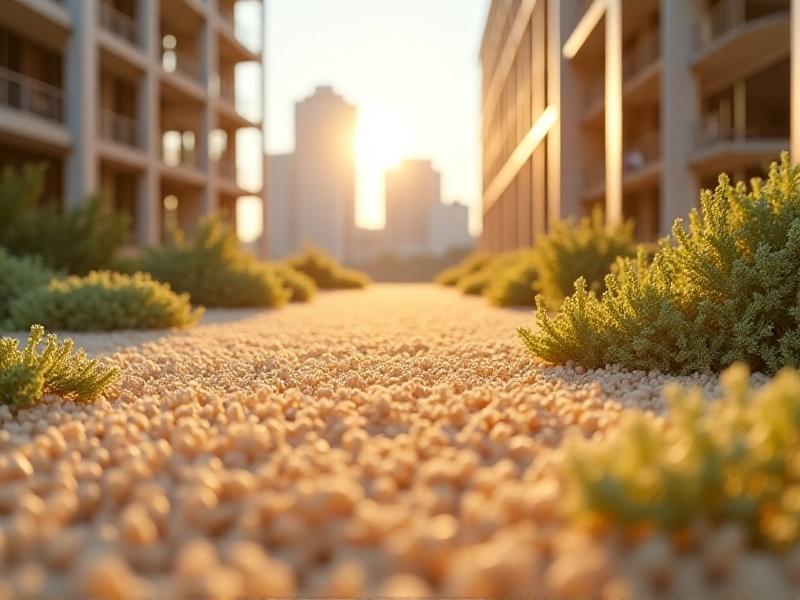
Understanding the Circular Economy in Mycelium Production
The circular economy model is a system aimed at minimizing waste and making the most of resources. In the context of mycelium insulation, this involves a closed-loop process where waste from production is reused or recycled. For instance, agricultural byproducts like straw or sawdust serve as the substrate for mycelium growth. After the insulation is harvested, any leftover material can be composted or used as a nutrient-rich soil amendment. This approach not only reduces waste but also creates a sustainable cycle that benefits both the environment and the economy.
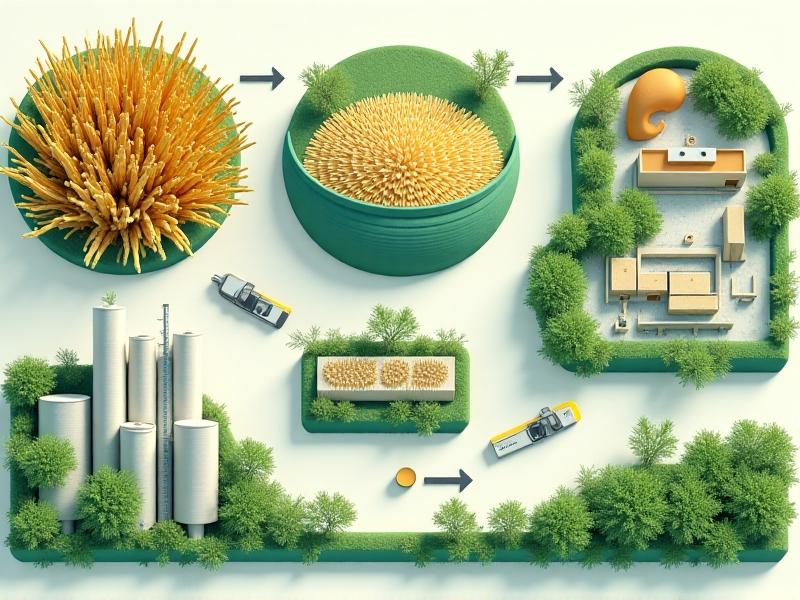
Challenges in Mycelium Insulation Waste Management
While mycelium insulation offers numerous environmental benefits, managing the waste generated during its production presents certain challenges. The organic nature of the material means it requires specific conditions for composting, which may not always be readily available. Additionally, the scale of production needed to meet industry demands can lead to significant amounts of waste. Addressing these challenges requires innovative solutions, such as developing efficient composting techniques and exploring alternative uses for production byproducts. Overcoming these hurdles is essential for maximizing the sustainability of mycelium insulation.
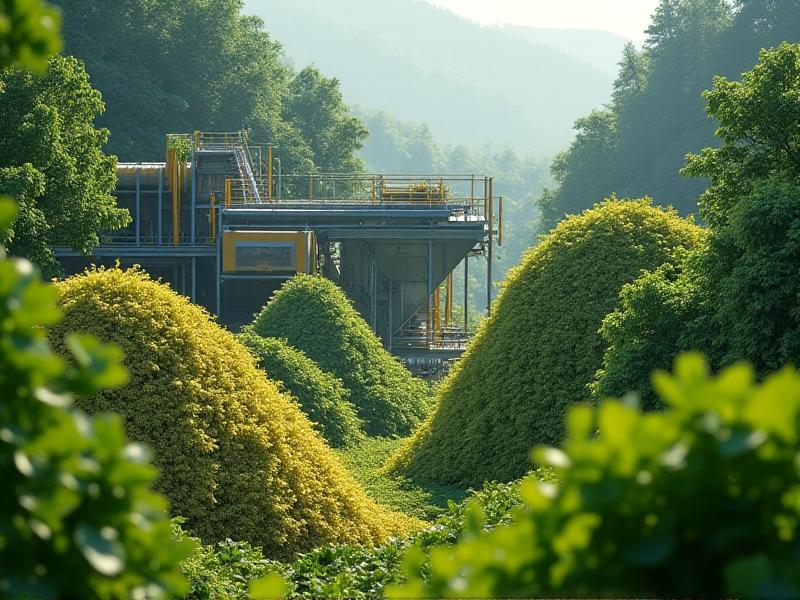
Innovative Uses for Mycelium Production Waste
One of the most exciting aspects of mycelium insulation is the potential for creative reuse of its production waste. Beyond composting, researchers are exploring various applications for this organic material. For example, mycelium waste can be transformed into biodegradable packaging, offering an alternative to plastic. It can also be used in the production of bio-based plastics, textiles, and even as a substrate for growing more mycelium. These innovative uses not only reduce waste but also open up new revenue streams for businesses involved in mycelium production. By thinking outside the box, the industry can further enhance the circular economy model.
The Role of Policy and Industry Standards in Promoting Circular Economy Practices
For the circular economy model to thrive in mycelium insulation production, supportive policies and industry standards are crucial. Governments can play a significant role by incentivizing sustainable practices through grants, tax breaks, and regulations that promote waste reduction. Industry standards, on the other hand, can ensure that production processes are optimized for minimal environmental impact. Collaboration between policymakers, industry leaders, and researchers is essential for creating a framework that encourages the adoption of circular economy practices. Such efforts can drive innovation and make sustainable mycelium insulation more accessible and widely adopted.
Future Prospects: Scaling Up Mycelium Insulation Production
As the benefits of mycelium insulation become more widely recognized, the focus shifts to scaling up production to meet global demand. This involves not only increasing the capacity of production facilities but also ensuring that the entire supply chain adheres to circular economy principles. Investments in research and development are crucial for improving the efficiency and scalability of mycelium insulation production. Additionally, educating consumers and builders about the advantages of this material can drive market demand. The future of mycelium insulation looks promising, with the potential to revolutionize the construction industry and contribute significantly to global sustainability efforts.

